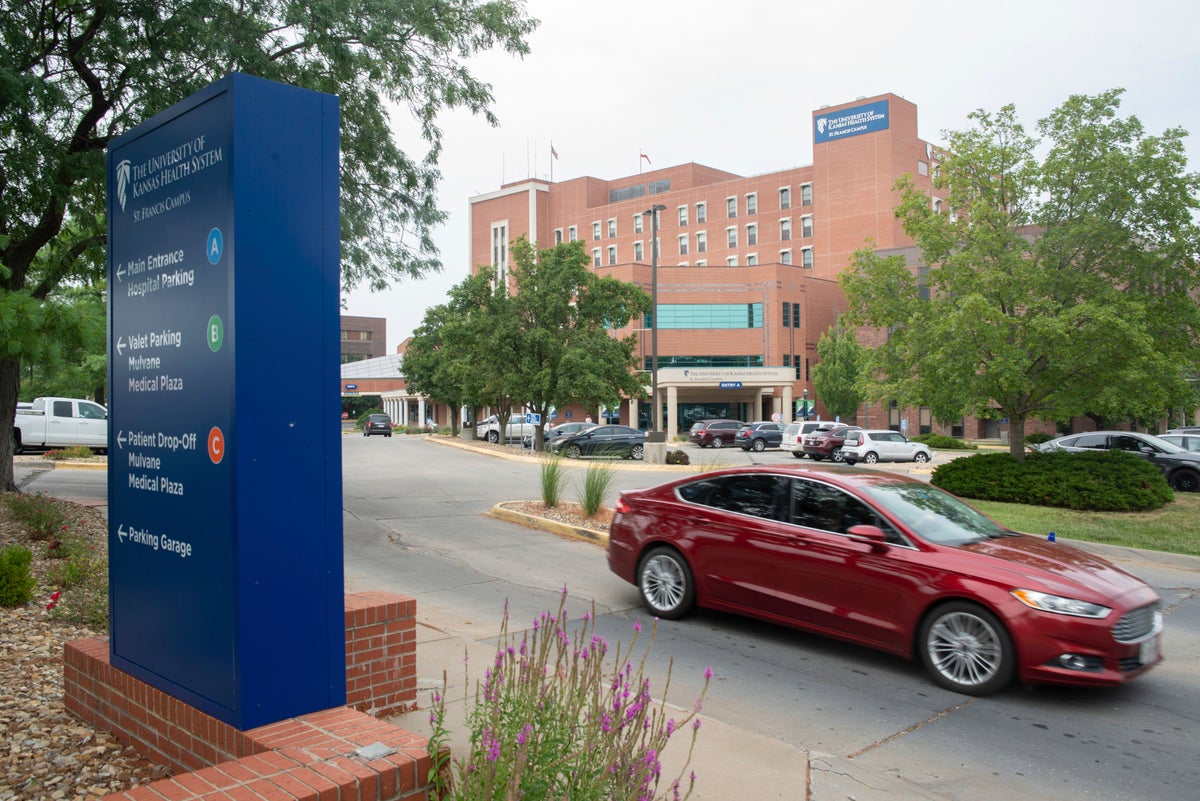
A ransomware attack has prompted a healthcare chain that operates 30 hospitals in six states to divert patients from at least some of its emergency rooms to other hospitals, while putting certain elective procedures on pause, the company announced.
In a statement Monday, Ardent Health Services said the attack occurred Nov. 23 and the company took its network offline, suspending user access to its information technology applications, including the software used to document patient care.
The company said it cannot yet confirm the extent of any patient health or financial information that has been compromised. Ardent says it reported the issue to law enforcement and retained third-party forensic and threat intelligence advisors, while working with cybersecurity specialists to restore IT functions as quickly as possible. There's no timeline yet on when the problems will be resolved.
Ardent, which is based in the Nashville, Tennessee, suburb of Brentwood, owns and operates 30 hospitals and more than 200 care sites with upwards of 1,400 aligned providers in Oklahoma, Texas, New Jersey, New Mexico, Idaho and Kansas.
All of its hospitals are continuing to provide medical screenings and stabilizing care to patients arriving at emergency rooms, the company said.
“Ardent’s hospitals are currently operating on divert, which means hospitals are asking local ambulance services to transport patients in need of emergency care to other area hospitals,” the company said on its website. “This ensures critically ill patients have immediate access to the most appropriate level of care.”
The company said each hospital is evaluating its ability to safely care for patients at its emergency room, and updates on each hospital's status will be provided as efforts to bring them back online continue.
In Topeka, Kansas, the attack has put the University of Kansas Health System-St. Francis on “divert status.” Debbie Cluck, a spokesperson, said it affects ambulances and the emergency room is open.
The disruption is sending patients flooding into the city’s other hospital, Stormont Vail. MollyPatt Eyestone, a spokesperson for Stormont Vail Health, said patient volume began increasing Friday and extra staff was brought in to help throughout the weekend.
“Also we are seeing a big increase in our urgent cares and our inpatients and that also includes infants, so we are seeing an impact. But that is to be expected,” she said.
There was no immediate claim of responsibility for the attack. Ransomware criminals do not usually admit to an attack unless the victim refuses to pay.
“The attack against Ardent Health is both egregious and quickly becoming the norm,” said Allan Liska, an analyst at the cybersecurity firm Recorded Future. “Stories like patients being turned away from emergency rooms, hospitals being forced to resort to pen and paper for patient care, or hospital personnel unable to access medical records are increasingly common.” He believes the problem is getting worse.
While some groups won’t attack hospitals, “they are greatly outnumbered by those who will and with the number of ransomware groups growing every day, the percentage who won’t attack hospitals is constantly decreasing,” Liska said. “Healthcare, in general, is an attractive target for these groups because there is a perception that they are more likely to pay, even though the evidence suggests otherwise.”
Of course, ”even when healthcare providers don’t pay, patient records can be very valuable on underground marketplaces. So even if the ransomware group does not make money from the ransom payment they may make money by selling the patent data,” Liska added.
A recent global study by the cybersecurity firm Sophos found nearly two-thirds of healthcare organizations were hit by ransomware attacks in the year ending in March, double the rate from two years earlier but a slight dip from 2022. Education was the sector most likely to be hit, with attack saturation at 80%.
Increasingly, ransomware gangs steal data before activating data-scrambling malware that paralyzes networks. The threat of making stolen data public is used to extort payments. That data can also be sold online. Sophos found data theft occurred in one in three ransomware attacks on healthcare organizations.
Analyst Brett Callow at the cybersecurity firm Emsisoft said 25 U.S. healthcare systems with 290 hospitals were hit last year while this year the number is 36 with 128 hospitals. “Of course, not all hospitals within the systems may have been impacted and not all may have been impacted equally,” he said. “Also, improved resilience may have improved recovery times.”
“We’re not in a significantly better position than in previous years, and it may actually be worse,” he said.
“We desperately need to find ways to better protect our hospitals. These incidents put patients lives at risk — especially when ambulances need to be diverted — and the fact that nobody appears to have yet died is partly due to luck, and that luck will eventually run out,” Callow added.
Most ransomware syndicates are run by Russian speakers based in former Soviet states, out of reach of U.S. law enforcement, though some “affiliates” who do the grunt work of infecting targets and negotiating ransoms live in the West, using the syndicates’ software infrastructure and tools.







